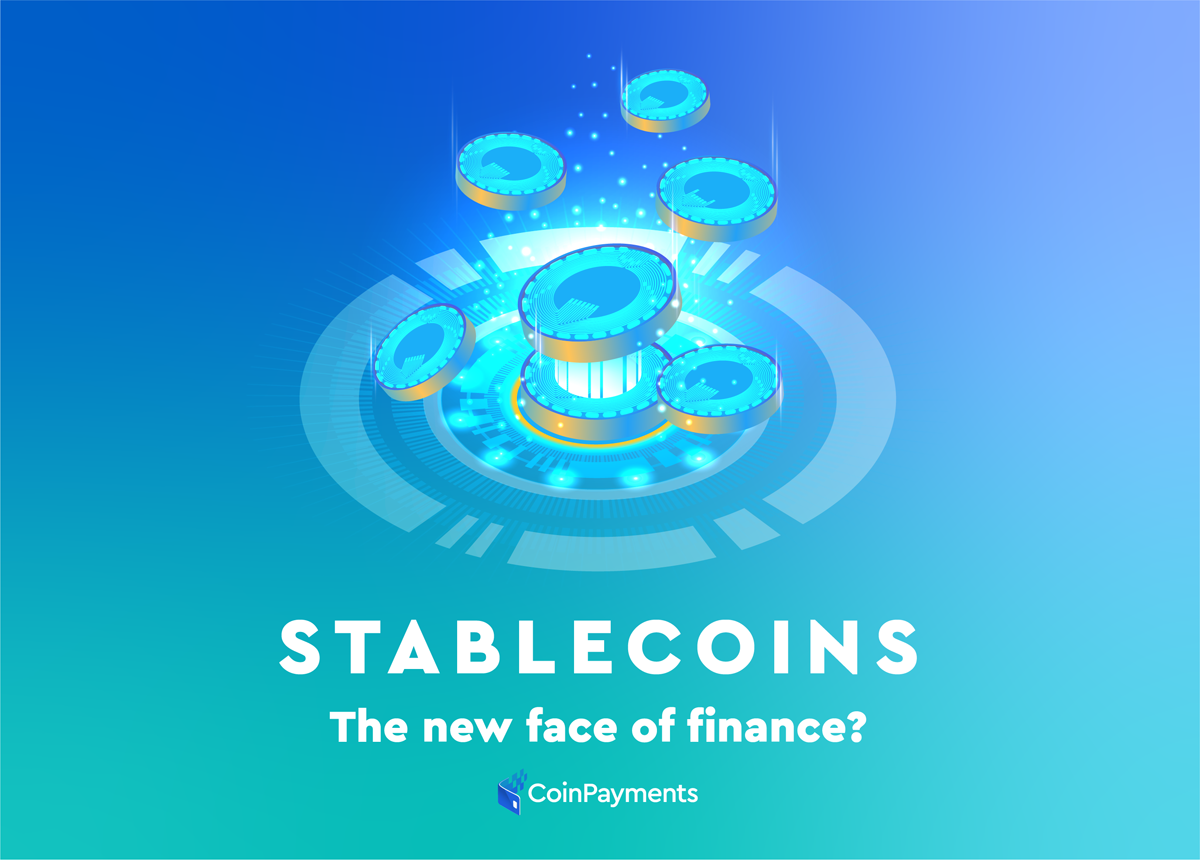
Our financial system’s instability has repeatedly brought the world economy to a halt. Whether it was during the Great Depression of 1929 or the Great Recession of 2008, all lead to one simple fact: the world is in need of a better, trustworthy, and more transparent financial infrastructure.
The last global financial crisis gave birth to Bitcoin, which made this long-pending paradigm shift finally occur — or at the very least, begin. More so, Bitcoin and the subsequent cryptocurrencies that came into existence instilled a new vision among the people. The need for a better system had never been clearer, and that notion further fueled crypto adoption even if cryptocurrencies remained in a nascent state.
As a result, characteristics like “too volatile” or “too unstable” became a part of the narrative, splitting the world into two groups when it came to crypto. First, those that understood cryptocurrencies at a deeper level, and believed in the underlying technology known as blockchain. Second, those who merely saw cryptocurrencies as a speculative play due to their extreme price swings.
Stablecoins: Knights in Shining Armor?
The roots of the existing financial system run too deep to be overturned. But with the unmatched liquidity, higher returns, and more transparency that comes with cryptocurrencies, it became harder to accept the status quo.
The world got stuck in the middle.
On one side of the camp are those that believe the “stable” financial structure, which has been around for centuries, does not need replacing. The other side could not ignore the disruption that crypto brought to the very financial system we thought to be fully functional.
This is where stablecoins become the middle ground. As a synergy between the old and the new, stablecoins are now being considered, by some, as the new face of finance.
Essentially, stablecoins have been created to provide all the benefits that cryptocurrencies offer, without the high volatility.
They have the potential to be a universal method of payment due to their benefits, such as low cost, global reach, speed, and transparency, to name a few. Whether it is a blockchain-based asset or any digital application, stablecoins can be incorporated into any system.
Furthermore, stablecoins provide what every user craves: the utmost user experience. With stablecoins, a person is not just transferring money but is actually transferring the ownership of virtual coins.
Most importantly, as our lives become more dependent on digital applications, an entirely digital payment system carries the utmost significance.
Stablecoins Explained
As the adage goes, “when necessity meets creativity, innovation occurs.” And, stablecoins are a perfect example of this.
Most people believe that stablecoins are just the digital representation of fiat. While this statement is partially true, it is an incomplete definition of what stablecoins are. Basically, if a stablecoin is the digital representation of fiat, it means that a particular fiat currency is acting as the underlying asset for a digital currency.
It is just like when you go to a theme park and buy tickets for cash. Those tickets can be used in that particular ecosystem but the cash can not be used there. Now imagine, the whole world is a theme park and people with different currencies can buy a standard “ticket” in this theme park.
Taking this a notch higher, cash is not the only asset that can be used to create a stablecoin.
Underlying assets can be other cryptocurrencies, fiat money, or even non-collateralized (algorithmic) or exchange-traded commodities (like precious or industrial metals).
Therefore, in essence, stablecoins are cryptocurrencies that are pegged to an asset, which means that the value of the stablecoin depends upon its underlying asset, greatly reducing its volatility. Other benefits associated with these types of coins include better security, lower transaction costs, price stability, ease of use, a possible global standardization, and the end of monopolies in the financial world.
As of today, more than 200 stablecoins exist either in the active or research stage.
Integrating Stablecoins into the Existing Financial System
The integration of a particular stablecoin with a legacy system is subject to its mechanism. For instance, a fiat-collateralized stablecoin is issued with the underlying asset as a fiat reserve. This reserve is maintained by independent custodians and is regularly audited for adherence.
From central bank digital currencies (CBDCs) to issuing their own stablecoins representing fiat, the participation of banks in the blockchain revolution bears witness to the rise of stablecoins and their integration within the existing system.
The Bank of England, Russia’s Central Bank, Central Bank of France, People’s Bank of China, Banco Bradesco, Bank of Buscan, and Rizal Commercial Banking Corporation are just a few institutional names supporting the idea of fiat-backed digital assets as bank-issued stablecoins and CBDCs.
Stablecoins can be deemed more as a means to tokenize real-world assets rather than the traditional model where a reserve is maintained to issue currency. Stablecoins are similar neither to cryptocurrencies nor popular incumbents like cash, but they offer a unique solution that may be essential for the future of finance.



